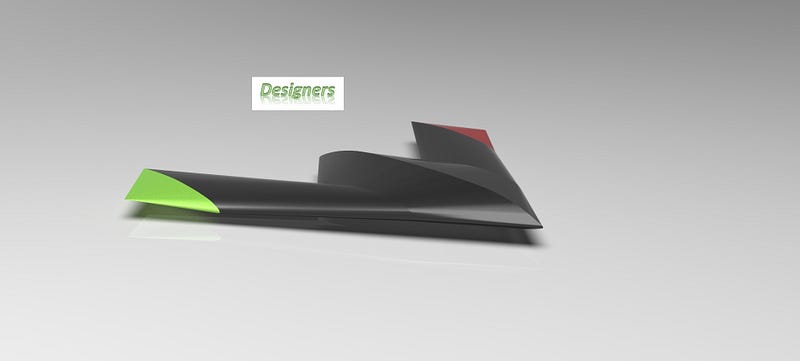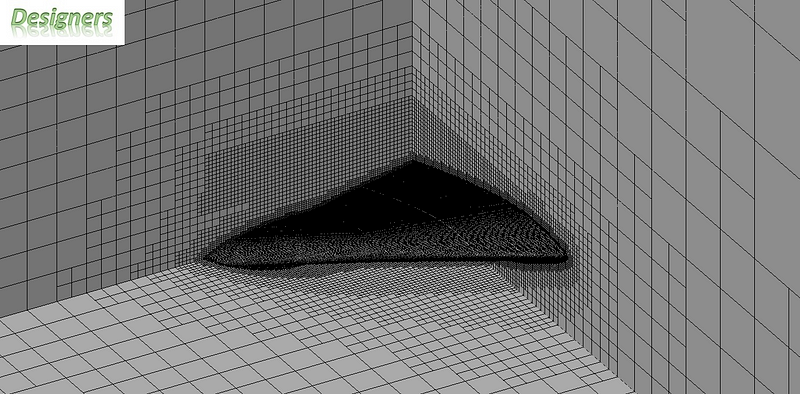This post is about the CFD analysis of the SACCON UCAV. Designed by NATO’s (North Atlantic Treaty Organization) RTO (Research and Technology Group) under Applied Vehicle Task Group (AVT-161) to assess the performance of military aircraft. The aircraft Geometry is shown in Fig. 1. The aircraft geometry is available here [1].


The mesh has 3.7 million cells in total. Special mesh refinements are added in the regions of interest i.e. regions with high gradients, the wake and on the control surfaces of the aircraft. The computational domain and the mesh for 16° angle of attack is shown in Fig. 3.

The mesh has 3.7 million cells in total. Special mesh refinements are added in the regions of interest i.e. regions with high gradients, the wake and on the control surfaces of the aircraft. The computational domain and the mesh for 16° angle of attack is shown in Fig. 3.

Thank you for reading, If you would like to collaborate on projects, please reach out.
References
[1] Andreas Schütte, Dietrich Hummel and Stephan M. Hitzel, “Flow Physics Analyses of a Generic Unmanned Combat Aerial Vehicle Configuration,” Journal of Aircraft, Vol. 49, No. 6, December 2012, https://doi.org/10.2514/1.C031386





